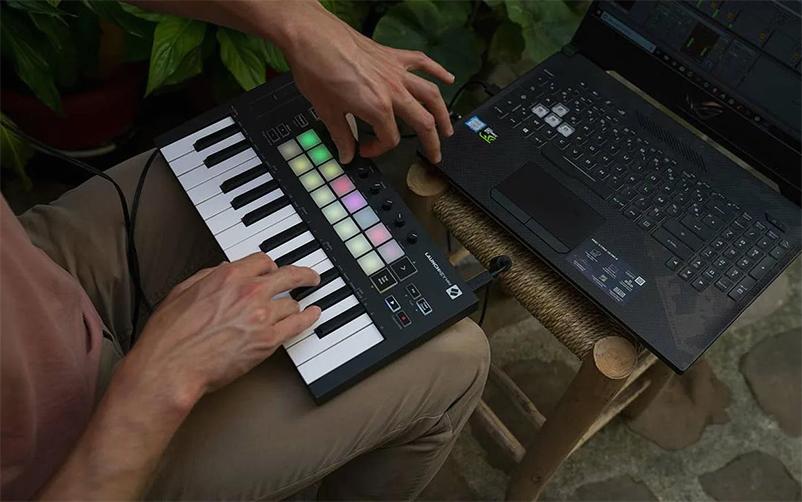Blog about making music

A diminished chord is a harmonic structure consisting of notes spaced a minor third apart ... Read more

If you’re an artist or producer, getting your music on Spotify is one of the best ways to reach listeners worldwide, build your fanbase, and grow your career ... Read more

House music is not just a genre, but a cultural phenomenon that originated in the 80s in Chicago and gradually became a global symbol of electronic dance music ... Read more

The composer's ideas are in themselves only the basis for the future composition, a kind of framework on which the main elements are to be laid ... Read more

A diminished chord is a harmonic structure consisting of notes spaced a minor third apart ... Read more

Album cover plays a key role in attracting attention to your music. The visual component can be the very factor that will make a person interested ... Read more

MIDI controllers come in a variety of shapes and designs, from the usual keyboards with black and white keys to devices equipped with rubber pads ... Read more

There are many professions related to the world of sound: musicians, studio sound engineers, audio equipment developers ... Read more

Arpeggio is a technique of playing chords in which the sounds are produced not simultaneously, but sequentially, one after another ... Read more

Lo-fi music is ideal for videos that aim to create a relaxing and calming atmosphere ... Read more

